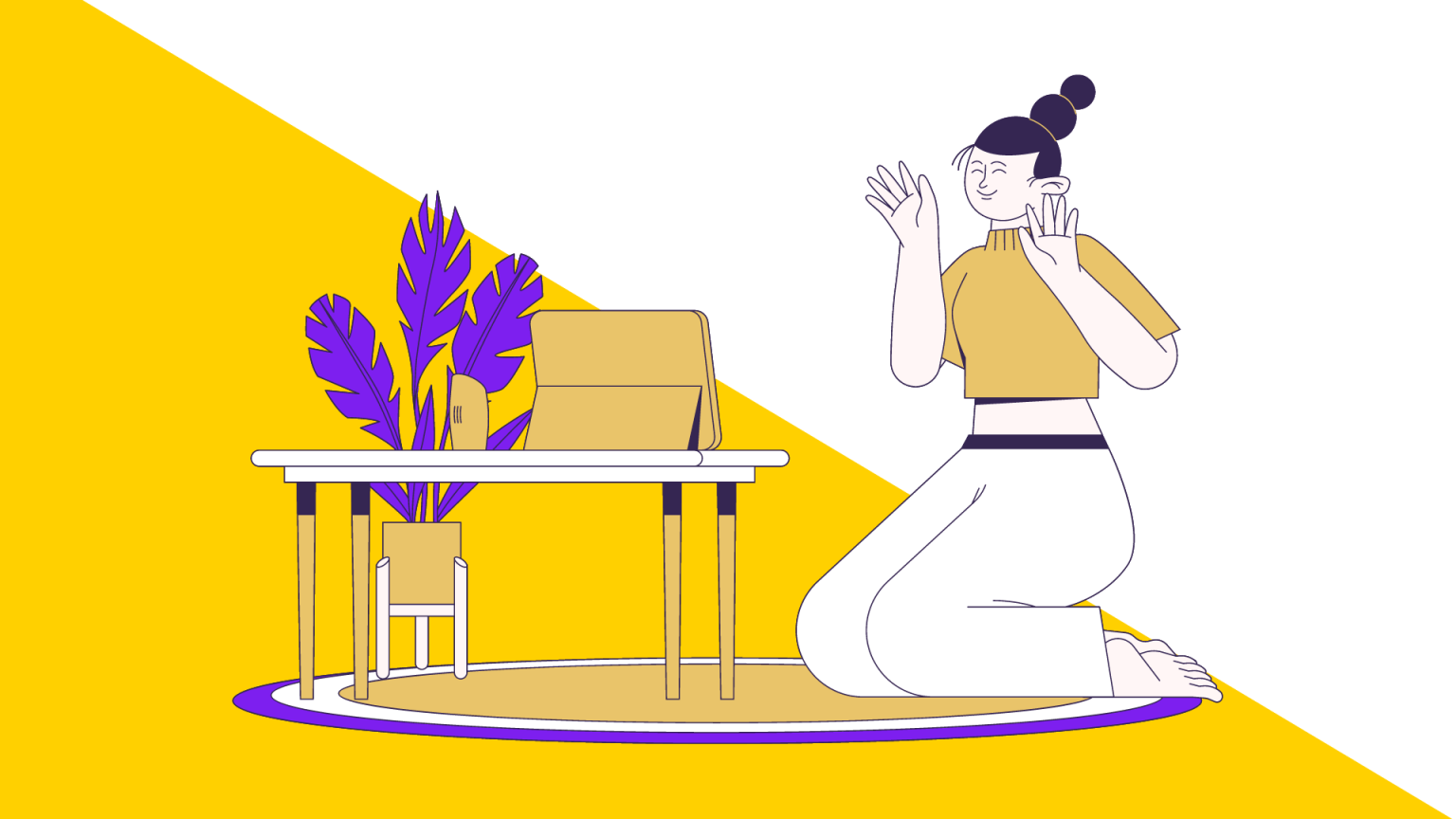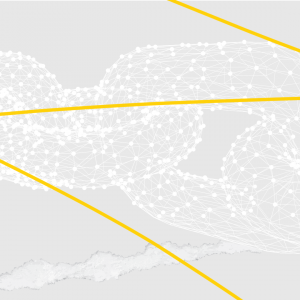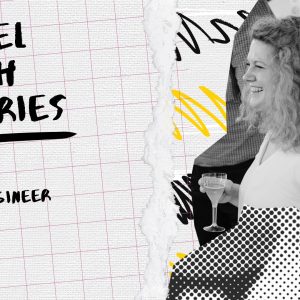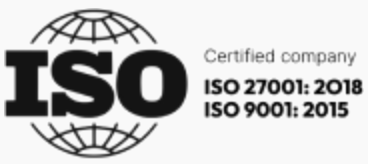Via negativa – a relatively new concept that Cristina, one of our QA Engineers and a psychology aficionado will present in this article, aiming to provide you with a practical means of decluttering your daily routine to live a much more fulfilling life.
Who wouldn’t want their life to be better? 😌
Specifically, who wouldn’t want that something that would make their life better? Be it a better romantic relationship, a higher salary, or a fitter body. A quick glance at the plain Google search containing How to make life better yields more than 7 billion results.
Venturing even deeper into peer review research, keywords like improve well-being entered Springer Link Academic Journal, outputs around 6000 results. It seems that so much time and effort invested in researching, blogging, and creating podcasts, might indicate a prevalent problem.
Indeed, according to WHO, mental health and other behavioral problems are the primary drivers of disability worldwide. Apart from socioeconomic variables, genetic influence, and environmental factors, are we taking the wrong path towards this issue?
A more recent approach, commonly known by being associate with famous Black Swan author, Nassim Taleb is the via negativa approach.
Instead of focusing on the positive, why not focus on the negative? Specifically, on cutting out the negative? This approach that centers on what not to do rather than on what to do is called via negativa or the upside-down approach.
Originally born out of a theological approach, via negativa can take many forms. The core of this life philosophy is to focus on what to eliminate from your life in order to make room for whatever positive you want to add.
If I want good, why can’t I simply do good? 🤔
Deciding to decrease negativity or to increase the positive are two completely different approaches.
The first one deals with cleaning the internal or external environment. It’s like you try to cure a pulsating wound by cleaning it daily.
You don’t go to the doctor to apply skin grafts on a pulsating wound, do you?
Why won’t you?
Because by doing so, increasing the positive first approach, you will experience a failure in the end. Skin grafts applied on infected wounds don’t make wounds healthy. On the contrary, they get infected from the wounds. What you lose is not just the time you’d have to wait for the wound to heal. You increase the healing time and you lose some healthy skin grafts.
There are some reasons in favor of us accepting the negativity in our life and focusing on dealing with it, instead of cluttering it with another 21 ways to be happy in the next 2 hours.
Bad is stronger than good.
Humans are more attuned to negativity than being drawn to the positive. In a comprehensive article, Baumeister gathered evidence from multiple research areas. All data pointed to what might seem, at a first glance, a pessimistic worldview – we are so affected by negative factors: declining health, poverty, traumatic relationships. In this case, simply increasing positive behavior will have little to no significant effect on out well-being.
Losses weight more than gains. 💡
According to Kahneman, losses loom larger than gains. In some heavily replied experiments, people made irrational decisions when having to choose between scenarios framed either as losses or as gains. The authors’ conclusions pointed out the so long neglected flaws in human decision making – that of deciding based on the rational actor hypothesis.
People don’t just compare and weight anticipated outcomes and make a data-based informed decision. They actually decide through the lens of losses, a fact that might ruin investigations and marriages, and, generally, one’s future well-being. We are prone to acting out our cognitive biases.
Willpower is expensive and limited.
Research shows that willpower is easily depleted and, generally, not the best candidate for attaining long-term goals. Just an energy-consuming mental task makes us more prone to saying (and justifying the decision) yes to unhealthy temptations.
Yes, this vanishes all the pop psychology suggestions that romanticize the hero who manages to never eat the chocolate cake when everyone else gives in. But if willpower is not our trustworthy friend when it comes to getting rid of negative habits, then we should find other reliable solutions.

Via negativa solutions in practice. ✅
Behavioral activation exercise with a twist.
Behavioral checklist – select the activities that involve mastery and pleasure at a certain cutoff point. Based on behavioral activation theory, it involves introducing behavior to increase positive mood.
Distancing from clinical context, the exercise can have other purposes: discarding redundant, or low-quality activities. These are not necessarily pleasurable activities or activities that don’t have immediate, measurable outputs. The goal of this exercise can be to improve performance or mood by getting rid of the cluttered elements in your life.
If combined with the upside-down approach, one could easily add a twist to the logic behind the original behavioral activation exercise.
In this case, the steps are:
- Make a list containing all your day-to-day activities.
2. Start by extracting the activities that have the lowest level of mastery and/or pleasure.
3. Set a cutoff point (e.g:. discard all activities with mastery less than 7)
4. Set a limit of activities (e.g:. no more than 3)
5. Plan when to perform the activity in a specific manner (day, hour)
6. Plan which activity you’ll replace (e.g.: discard an activity with 5 mastery level and replace it with an activity with 7 mastery level)
Don’t refrain, control the environment. ⏱️
Successful interventions designed to decrease addictive behaviors have some key aspects in common. One of them is stimulus control. Originally introduced by B.F. Skinner, stimulus control captures the relation between behavior and a specific stimulus.
Applied to via negativa framework, stimulus control might take the form of choice architecture. This translates into simply cutting out the temptations or, making them hard to access.
Instead of focusing on bringing more detox smoothies or hard-to-pronounce purifying elixirs to your diet, start first by cutting out the junk in it.
An important key point is to always have a corresponding behavior to replace the unhealthy one. The upside-down technique can be used here to narrow down to a list that contains the most efficient foods that can substitute your unhealthy ones. Variety is not to be decreased with this approach. Rather, you can use the list to have a solid starting point for healthy replacements.
In this case, the steps could be:
- Make a list with the foods you want to cut out/remove from your diet
2. Remove them from your house/ Find ways to delay buying them
3. Make a list with the top foods you will use to replace the unhealthy ones
4. Make sure to have those healthy foods accessible
Conclusions. 🚀
The via negativa approach is a bold one.
It’s not comfortable to digest at first. But its function is not to decrease positive outcomes. Rather, the purpose is to filter to the core, which is to learn, to think critically about your choices.
As much as we’d like to feel good about ourselves, not all choices are the same, not all foods are the best, not all opinions have the same level of efficiency with respect to specific things. We are highly susceptible to cognitive biases, especially in a noisy environment full of too many options.
Using via negativa, you learn to filter everything based on a specific objective, in a specific context. It is an empirical approach almost rooted in a scientific mindset. Its purpose is to make room for positive emotions, relationships, decisions.
You can read more about Cristina’s transition from working as a clinical psychologist to becoming an integral part of our development team in the latest Rebel Tech Story.






